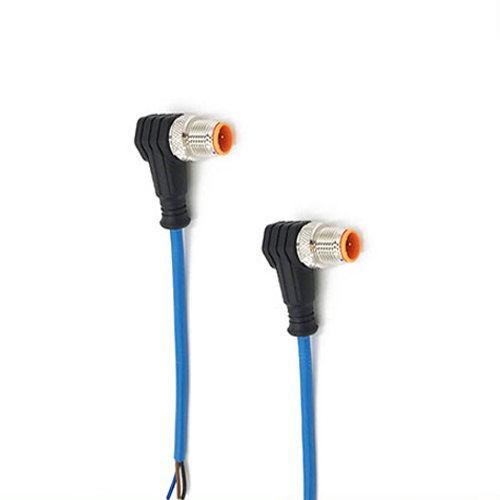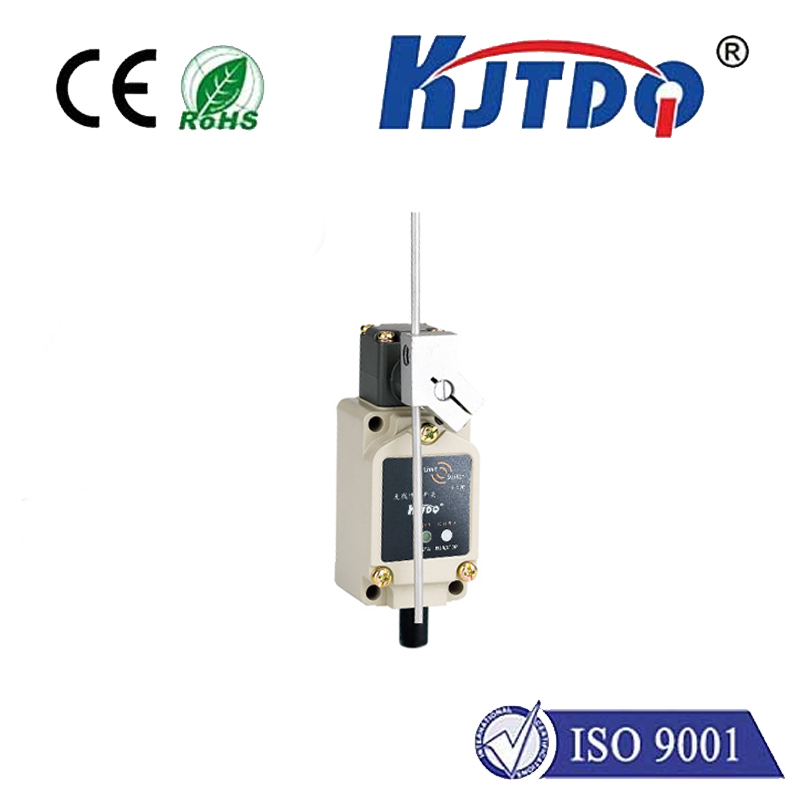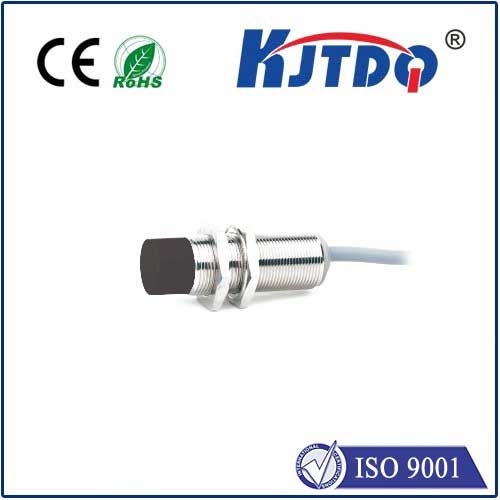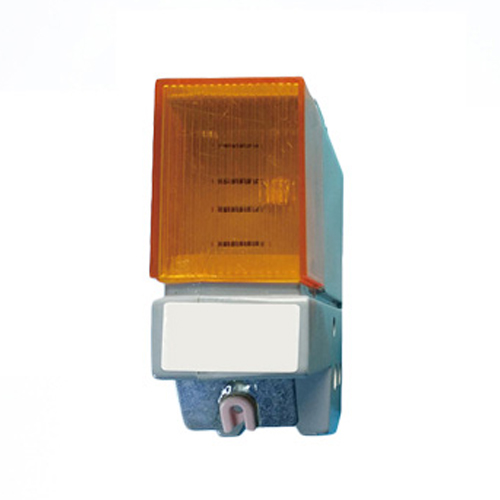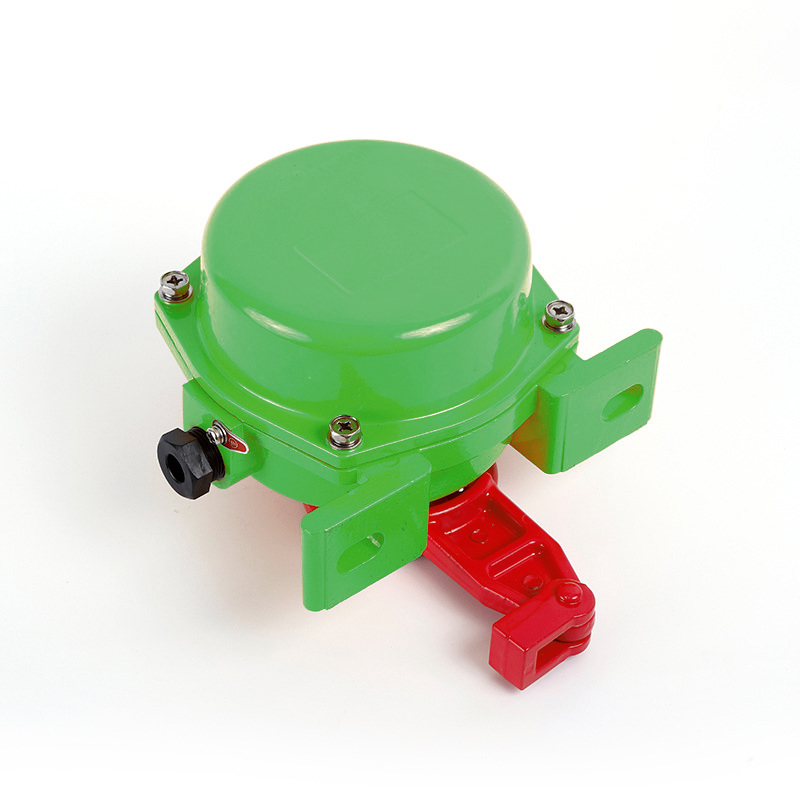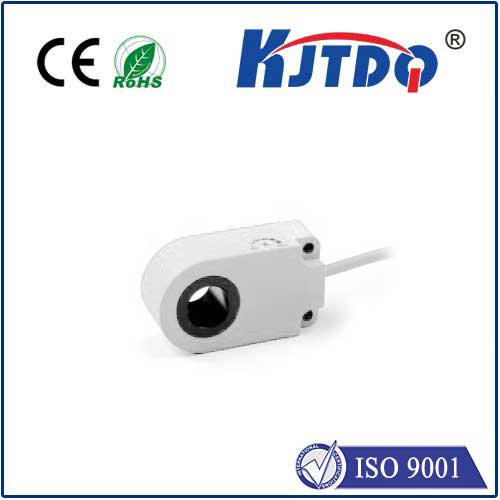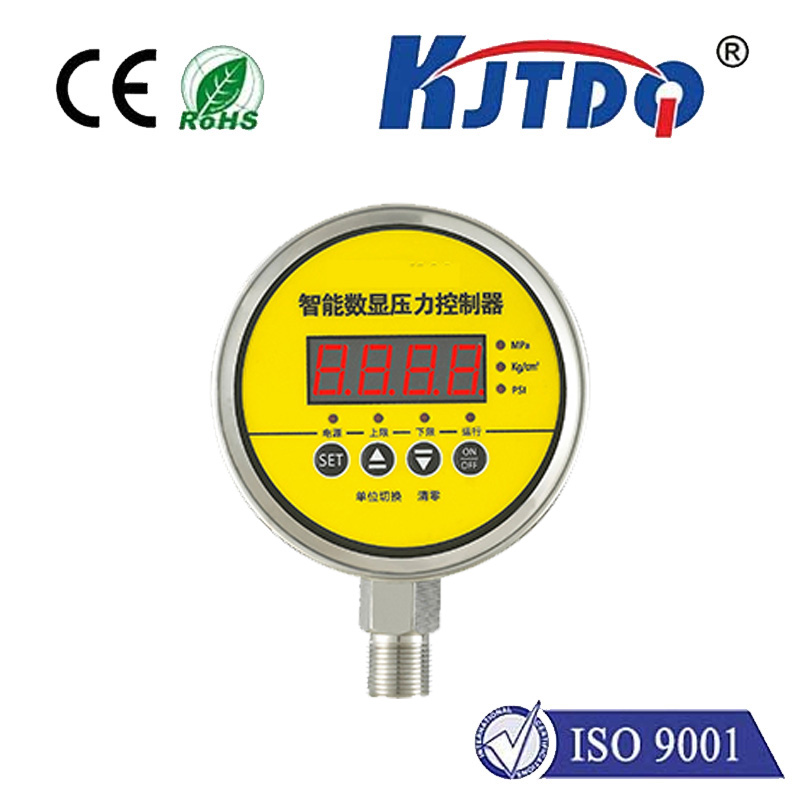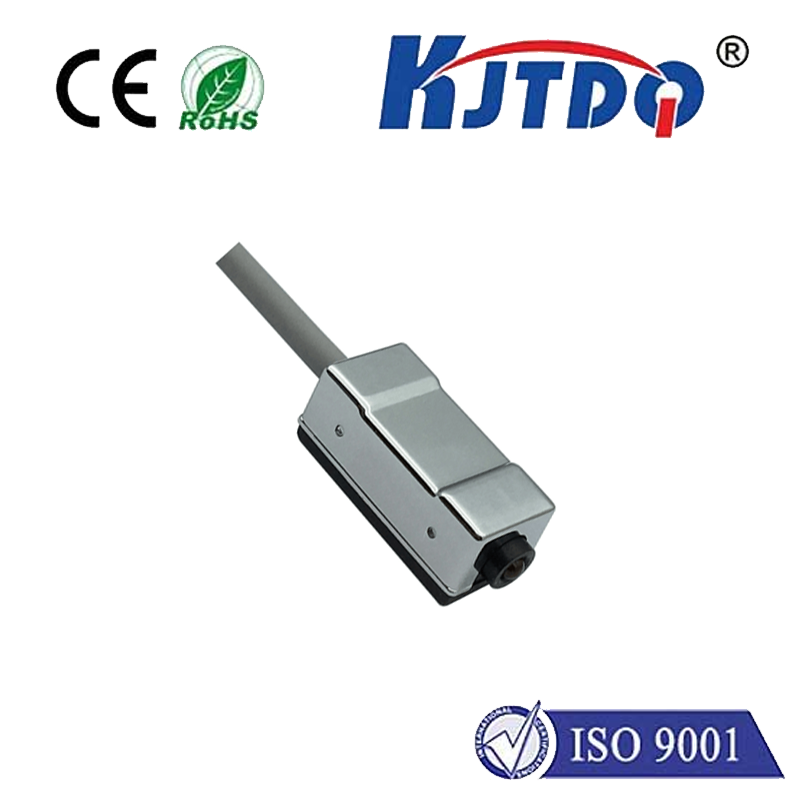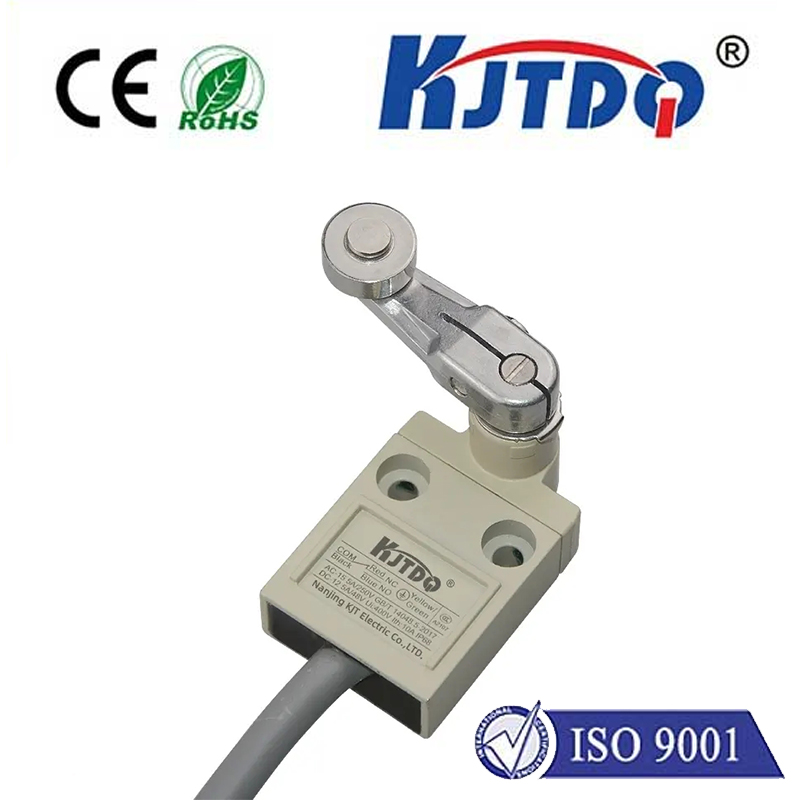E3T-ST24 2M fiber optic photoelectric sensor
- time:2025-09-28 05:34:59
- Click:0
E3T-ST24 2M Fiber Optic Sensor: Precision Detection in Compact & Challenging Spaces
How do you ensure reliable detection in spaces where traditional sensors simply won’t fit or struggle with environmental hazards? For engineers and designers grappling with automation challenges in cramped locations, high-vibration zones, or areas rife with electrical interference, the solution often lies in the unique capabilities of fiber optic photoelectric sensors. The Omron E3T-ST24 2M Fiber Optic Photoelectric Sensor exemplifies this power, offering a robust, compact, and highly adaptable solution for demanding sensing applications.
This sensor represents a specific configuration within Omron’s renowned E3T-ST series. Breaking down the designation clarifies its essence:
- E3T-ST24: Indicates the core amplifier unit model.
- 2M: Denotes the attached fiber optic cable length is 2 meters, providing significant reach and flexibility for positioning.
- Fiber Optic Photoelectric Sensor: Defines the core technology – using fiber optic cables to guide light to and from a target, enabling detection via photoelectric principles (light beam interruption or reflection).
The Core Advantage: Separation of Electronics and Sensing Point
The fundamental brilliance of fiber optic sensors like the E3T-ST24 lies in their architecture. Unlike self-contained photoelectric sensors, the amplifier unit (the “brain”) is physically separated from the actual sensing point. This is achieved using flexible fiber optic cables. The amplifier generates a light beam (typically visible red or infrared) that travels down one strand of the fiber. This light emerges at the sensing tip. Depending on the fiber head type (through-beam, diffuse reflective, retro-reflective), the presence or absence of the target object either blocks this beam or reflects it back. The returning light (or lack thereof) is then captured by another strand in the fiber cable and guided back to the amplifier.

This separation unlocks exceptional benefits, particularly where the E3T-ST24 2M shines:
- Unparalleled Compactness: The sensing head itself is extremely small, often just millimeters in diameter. This allows installation in spaces inaccessible to conventional sensors – inside machinery, on miniature assembly lines, or feeding into tight channels. The 2-meter cable length provides ample flexibility to position the amplifier remotely in a more convenient or protected location.
- Exceptional Environmental Resilience: The sensing tip, being purely glass fiber (often protected), boasts superior resistance to chemicals, oils, cutting fluids, and solvents that could damage traditional plastic-bodied sensors. It also handles high temperatures effectively at the sensing point.
- Immunity to Electrical Interference: Since only light travels through the fibers, the sensor is completely immune to electrical noise, EMI (Electromagnetic Interference), and RFI (Radio Frequency Interference). This is crucial in electrically noisy environments like welding stations or near large motors.
- Enhanced Safety: The separation allows the amplifier to be mounted safely away from hazardous areas (high heat, explosion risks), while the intrinsically safe fiber probes operate within them. The low-power light beams are inherently safe.
- High Reliability in Vibrational Environments: The rugged, solid-glass construction of the fiber tip provides excellent resistance to vibration and shock, ensuring stable operation where mechanical stress would disrupt other sensors.
Key Features of the E3T-ST24 2M Amplifier Unit:
- Compact Amplifier: Designed for space-saving mounting on DIN rails or directly onto panels.
- Easy Setup: Features straightforward controls for sensitivity adjustment, ensuring reliable detection even of small or low-contrast objects. Teach-in functionality simplifies configuration.
- Output Configuration: Typically features a solid-state NPN output – a common and reliable switching signal compatible with most PLCs and controllers.
- Fast Response Time: Enables high-speed detection suitable for modern, rapid production lines. Precision timing is essential.
- Stable Light Source: Designed for long life and consistent performance.
Where Does the E3T-ST24 2M Sensor Excel? Applications Galore:
- Tiny Part Detection: Verifying the presence of miniature components (chips, springs, seals) in electronics assembly, watchmaking, or medical device manufacturing. Its small size is critical.
- Machine Tool Monitoring: Detecting tool presence/breakage, workpiece positioning, or coolant flow inside CNC machines and lathes, withstanding oil and coolant exposure.
- Packaging Machinery: Checking for labels, flaps, small packages, or fill levels in high-speed packaging lines where space is limited and reliability is paramount. The 2-meter cable offers convenient routing.
- Robotics: Mounting on robot arms or end effectors for part verification or position feedback in confined spaces within the robot’s working envelope.
- Semiconductor Manufacturing: Reliable sensing in critical processes where immunity to EMI and cleanliness are essential.
- Harsh Environments: Any application involving exposure to chemicals, extreme temperatures (at the sensing head), or significant electrical noise. Fiber optics provide resilience.
Maximizing Performance: Amplifier and Fiber Selection
While the E3T-ST24 amplifier is a popular choice, Omron offers various amplifier units (like the SL or SR series) with different features, outputs, and adjustment capabilities. Crucially, selecting the correct fiber optic head type is paramount:
- Through-Beam: Highest precision and longest range. Requires separate emitter and receiver fibers aligned opposite each other. Detects object breaking the beam.
- Diffuse Reflective: Single head detects light reflected directly off the target object. Easier installation, but range and precision are typically less than through-beam. Performance is highly dependent on target color and surface properties.
- Retro-Reflective: Single head detects light reflected back from a dedicated reflector (tape or prism). Offers good range and is less affected by target surface than diffuse. Object breaks the beam to reflector.
Conclusion: The Essential Tool for Confined and Demanding Sensing
The Omron E3T-ST24 2M Fiber Optic Photoelectric Sensor is far more than just a component; it’s an enabling technology. It solves detection challenges that are simply insurmountable with bulkier, less resilient conventional sensors. Its combination of extreme compactness at the sensing point, the flexibility afforded by the 2-meter cable, exceptional environmental resistance, and immunity to interference makes it indispensable in modern automation.
When your application demands reliable detection within the tightest confines, amidst oils and chemicals, or under the assault of electrical noise, bypass the limitations of standard sensors. Explore the precision and adaptability offered by the E3T-ST24 fiber optic photoelectric sensing solution. By decoupling the sensing function from the amplifier using robust fiber optic cables, it delivers unmatched performance where it matters most.






